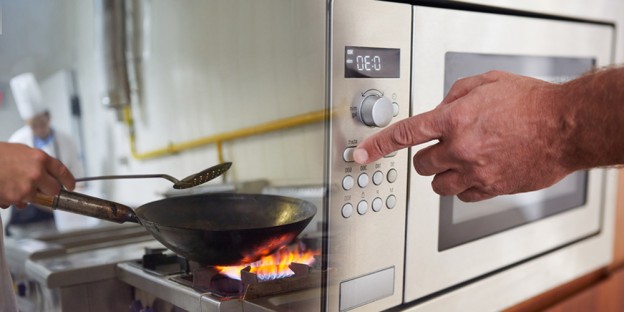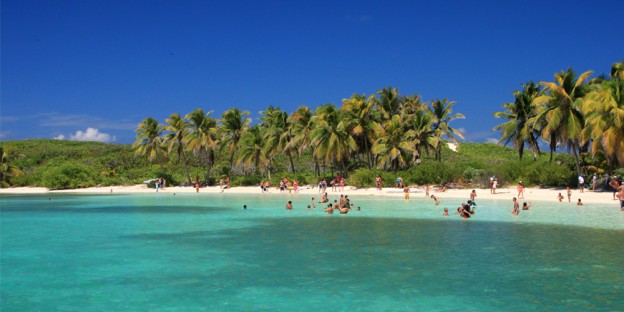Classic recipes have developed over hundreds of years, originating from wood-burning or coal-fired kitchens, where cooking on an open flame was the norm. It’s hard to remain true to that taste without a fire licking the bottom of the cooking vessel – or even the food. But on cruise ships, this is simply not possible.
On a majority of cruise lines, health and safety laws ban open flames in kitchens, with the exception of crème brulée torches, although even these can only be used in certain areas of the galley next to the fire extinguisher. Like other cruise ship jobs, being a chef on board calls for strict adherence to safety rules as well as compensation for these drawbacks in other ways. So chefs often adapt recipes to electric-powered induction heat sources.
Compared to electric stoves, gas stoves typically respond more precisely to temperature adjustments and obviously heat instantly. To keep up with the numbers on board, using gas stoves would be ideal. Instead, cruise ship chefs now ensure they accurately calculate how early to put a pan on the electric stove to heat up, and what dial position on the hob offers the heat closest to what they’re looking for.
Even barbecue sets are now available in electric versions so on board menus do include this classic summer option. Today, liquid smoke – some even with hickory flavour – offers a safe, consistent and quick option to firing up an open pit. While there’s nothing quite like low and slow cooking with real wood smoke, cruise ship chefs can get away with a few cheats while still serving guests what they want.
It’s hard to broil a meal in an electric oven so chefs often miss out on that beautiful unevenness that lends itself to the dish. However, electric stoves and ovens are easy to clean, which is essential in a cruise ship galley, and also offer an even surface which are more stable for pots and pans compared to stoves with coil-elements.
Both types of stoves have their pros and cons, but with the option of only electric stoves, cruise ship chefs often come up with innovative ways to make sure their guests don’t miss out on everything nice.



